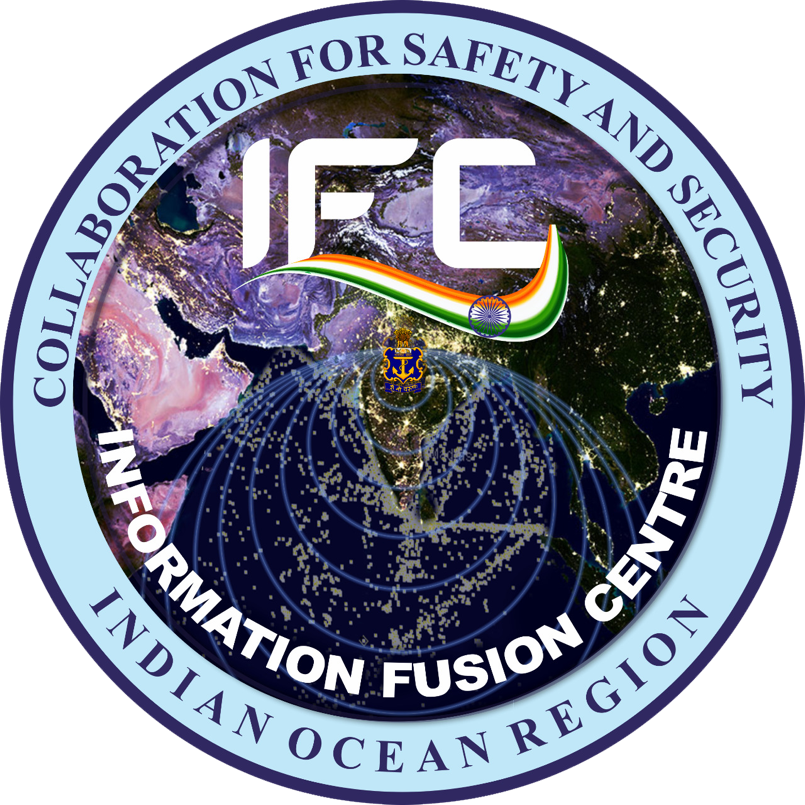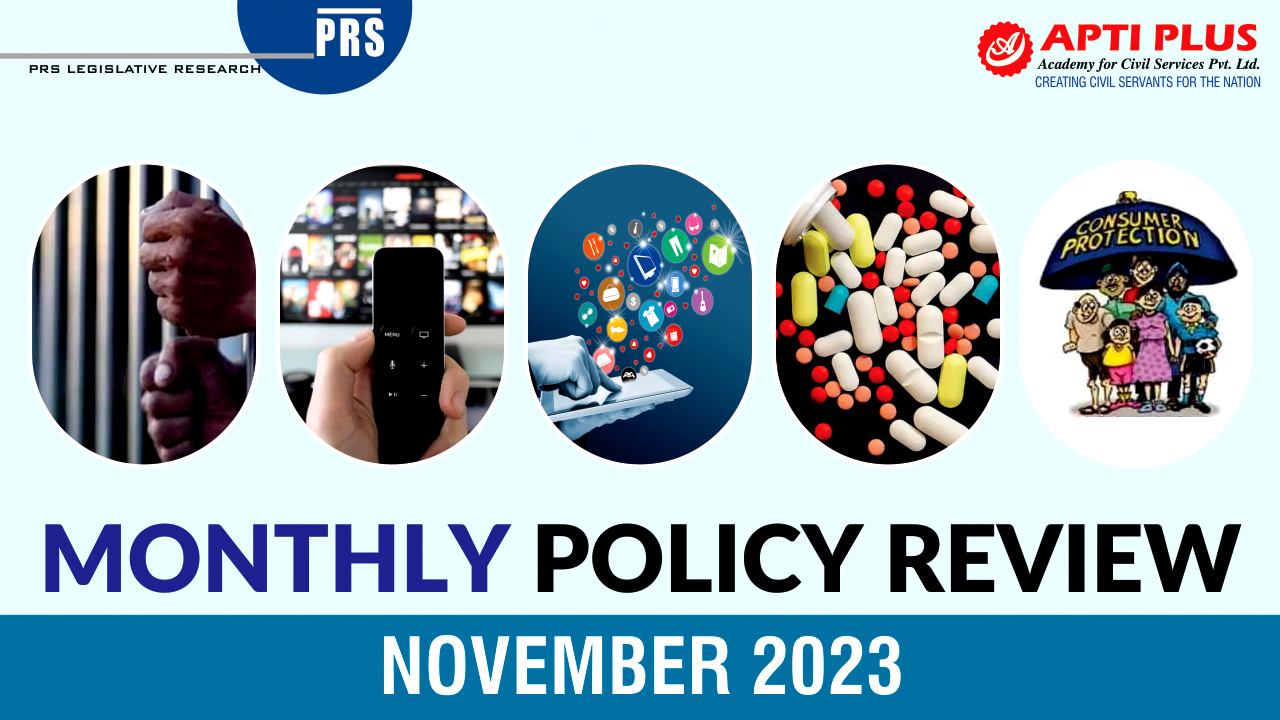
Disclaimer: Copyright infringement not intended.
Context
- The Indian Navy's Information Fusion Centre for Indian Ocean Region (IFC-IOR) situated in Gurugram actively supported a recent Merchant Vessel m.v. Ruen hijacking incident, playing a pivotal role in coordinating responses and assistance between the Navy and the ship owner.
- The incident highlighted the need for expanding the infrastructure of IFC-IOR to accommodate 40 International Liaison Officers (ILO) in the future.
Details
IFC-IOR's Role in Vessel Hijacking Incident
- Backend Coordination: The center facilitated coordination and assistance between the Indian Navy and the ship owner during the hijacking incident, ensuring continuous support.
- Continuous Monitoring: An Indian Navy patrol aircraft monitored the hijacked vessel until INS Kochi reached the location, effectively tracking the situation's development.
- Crisis Handling: The pirates breached the citadel onboard m.v. Ruen, taking the entire crew hostage. One crew member sustained injuries, and the hijacked vessel entered Somalia's territorial waters.
- Safety Measures: To ensure crew safety, no armed intervention was undertaken initially. INS Kochi persuaded the pirates to release the injured crew member for medical attention in Salalah port, Oman.
Expansion and Collaborative Efforts
- Infrastructure Expansion: The government sanctioned the expansion of IFC-IOR's infrastructure to accommodate 40 International Liaison Officers, aligning with the center's operational requirements.
- Collaborative Networking: Presently housing 12 International Liaison Officers, the center actively collaborates with multinational constructs and partner countries, sharing and analyzing maritime information daily.
- Enhanced Maritime Security: IFC-IOR, located within the Information Management and Analysis Centre (IMAC), aims to strengthen regional maritime security, intelligence sharing, and comprehensive situational awareness.
- Identifying Threats: Bajpai identified key threats in the maritime domain, including drug trafficking, Illegal, Unreported, and Unregulated (IUU) fishing, and evolving conflict-related incidents.
Recent Naval Symposium and India's Participation
- IONS Conclave: The 8th edition of the Indian Ocean Naval Symposium (IONS) recently concluded. India's Navy Chief attended, and India assumed co-Chair positions in IONS working groups on maritime security and Humanitarian Assistance and Disaster Relief (HADR).
- Future Plans: India is set to take over the Chair of IONS for the 2025-27 term, underscoring its commitment to fostering cooperation among Indian Ocean littoral states.

About IFC IOR
- Established by the Indian Navy in December 2018, the IFC-IOR serves as a regional maritime security center aimed at bolstering safety, security, and collaboration within the Indian Ocean Region (IOR).
- Launched by Defence Minister Nirmala Sitharaman and Chief of the Naval Staff Admiral Sunil Lanba, it signifies a concerted effort toward fostering a peaceful and prosperous Indian Ocean area.
Objectives and Role:
- Enhancing Maritime Domain Awareness: IFC-IOR's mission revolves around advancing Maritime Safety and Security in the Indian Ocean Region. It achieves this through information sharing, cooperation, and expertise development, fostering collaboration with partner nations and agencies.
- Information Fusion and Dissemination: Acting as a nexus for maritime information, the center fuses, analyzes, and disseminates data on White Shipping within the Indian Ocean. Its goal is to create a comprehensive Maritime Domain Awareness (MDA) in collaboration with national and regional agencies.
- International Collaborations: IFC-IOR has established strategic alliances with 12 partner nations, including Australia, France, Italy, Japan, Maldives, Mauritius, Myanmar, Seychelles, Singapore, Sri Lanka, United Kingdom, and the United States. Additionally, it has formed more than 65 international working-level connections with various maritime security centers globally.
Initiatives and Engagements:
- Publications: The center regularly publishes reports like the Weekly Maritime Security Update (WMSU), Monthly Maritime Security Update (MMSU), Half-Yearly Overview, and an Annual Report. These publications address a range of maritime issues, including piracy, armed robbery, smuggling, IUU fishing, IHM, and non-piracy threats.
- Seminars and Workshops: IFC-IOR conducts workshops like the Maritime Information Sharing Workshop (MISW) and engages in trilateral information sharing workshops. It actively participates in events promoting maritime information sharing, security, and cooperation among participating countries.
International Collaborations:
IFC-IOR engages in collaboration with various maritime security centers and regional fusion centers, fostering partnerships for enhancing maritime safety and security.
Introduction to IMAC
- Establishment and Purpose:
- Approved in 2012, inaugurated on 23 November 2014.
- Nodal agency for maritime data fusion.
- Located in Gurugram.
- A response to the 2008 Mumbai attacks, known as 26/11, which involved the use of the sea route for terrorist infiltration.
Role and Significance of IMAC:
- Maritime Data Fusion:
- Serves as the central hub for collating maritime data from high seas, India's coastline, and island territories.
- Monitors non-military shipping activities.
- National Command Control Communication and Intelligence (NC3I):
- Part of the NC3I Network, linking 51 operational centers of the Indian Navy and Coast Guard.
- Ensures real-time coordination and intelligence sharing among these centers.
- Technological Tools:
- Utilizes various sources like coastal radars, white shipping agreements, AIS transponders on merchant ships, air traffic management systems, and global shipping databases.
- Collects, integrates, and analyzes data to create a comprehensive maritime situational awareness.
Evolution and Functionality:
- Post-26/11 Mumbai Attacks:
- Conceived after the 2008 Mumbai attacks, which highlighted the need for enhanced maritime security.
- Serves to prevent, detect, and respond to maritime threats and incidents.
IMAC and National Maritime Domain Awareness (NMDA) Center:
- Role of NMDA:
- A multi-agency center established for specific military purposes under the Indian Navy.
- Enhances the military aspect of maritime domain awareness and security.
- Interconnection and Collaboration:
- IMAC and NMDA work in coordination for comprehensive maritime domain awareness.
- IMAC’s non-military tracking complements NMDA's military tracking, ensuring a comprehensive security outlook.
Technological and Strategic Advancements:
- Cost and Infrastructure:
- Approved at a cost of ₹450 crore.
- Inaugurated by the then Defence Minister, Manohar Parrikar.
- Central node of NC3I Network connecting Navy and Coast Guard operational centers.
- Data Collection and Analysis:
- Utilizes advanced technologies like AIS transponders, radar systems, and global shipping databases.
- Compiles, analyzes, and disseminates data for comprehensive maritime domain awareness.
.jpg)
Conclusion
IFC-IOR's active involvement in the recent hijacking incident underscores its significance in safeguarding maritime security and stability in the Indian Ocean Region.
|
PRACTICE QUESTION
Q. Discuss the role and significance of the Information Fusion Centre – Indian Ocean Region (IFC-IOR) in strengthening maritime security and cooperation in the Indian Ocean. How does the center contribute to regional stability, and what measures are essential for further enhancing its effectiveness? (250 Words)
|




